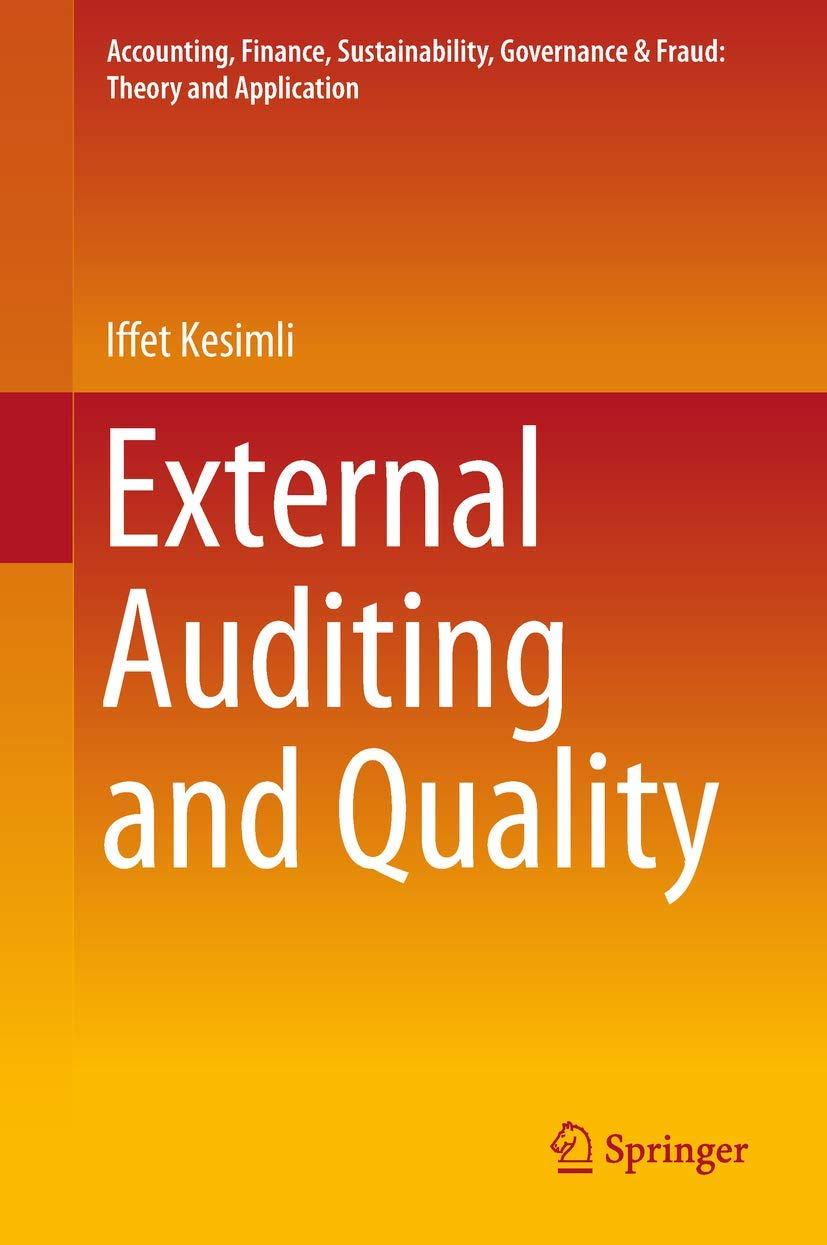Answered step by step
Verified Expert Solution
Question
1 Approved Answer
--> you may need help from this slide: --> you may need help from this slide: Thank you so much! :) Question 4 (25 points)

--> you may need help from this slide:


--> you may need help from this slide:



Thank you so much! :)
Question 4 (25 points) Mizuno Corporation produces and sells running shoes. The marketing division (the downstream division) of Mizuno faces the following the direct market demand equation as follows: Q = 392 2P, where Q is the number of pairs of shoes and P is the price of a pair of shoes. Production of each pair of shoes requires 1 square yard of leather. The leather is shaped and cut by the Form division of Mizuno (the upstream division). The Form division's only customer is the marketing division The total cost function for leather is TCU = 0.5Q + 10Qu + 2, where Qu is the quantity of leather produced. The total cost of assembling and selling shoes (excluding the leather) is TCD=2Q2 +6Q+4. 4.1 (7 points) Write down the profit equations of downstream division (TD). upstream division (Tu), and total profits (). (Hint: See Slide #34, Transfer Pricing model in Chapter 9 and follow Equations (a), (6), and . TTD= . U = = Multidivisional Firm's Total Profit Upstream Division Transfer Price (PU) Downstream Division Market Consumers Price (P) Lithium-ion battery (Qu) Electric vehicle (Q) Profit for downstream: Tp = TR-TCD-Pulu. (a) Note that TCp is the cost excluding the cost of buying products from upstream division. PuQu is the total cost of buying products from upstream division. Profit for upstream: Tu= TRU - TCU = Pulu - TCv. (b) The firm's total profit: T = Tip + Tu= (TRD - TCD-Pulu) + (PtQu - TCU). T = TRD - TCD-TCU. (c) 4.2 (7 points) Calculate the profit-maximizing quantity of shoes (Q*), quantity of leather (QU) and price of shoes (P*) Q* units. units. P* = $ . . The profit-maximizing output (Q*) From Equation (c), the firm's total profit (T); a = Tp + Ty = TRD - TCD-TCU Assume that there are no external markets, i.e., Q = Qu, then the profit-maximizing output (Q*) can be determined by using the derivative of profit with respect to Q and setting it equal to zero (da/dQ = 0). . The optimal transfer price The optimal transfer price: Pu* = MCu at the optimal output level (Q*), where MCU = marginal cost of upstream division. 4.3 (4 points) Determine the optimal transfer price (PU). PU - $ 4.4(7 points) Using the profit equations of your answer in (4.1), calculate the profits earned by the upstream division (TU), the downstream division (TD), and total profits (T). itu = $ TTD=$ = $ Question 4 (25 points) Mizuno Corporation produces and sells running shoes. The marketing division (the downstream division) of Mizuno faces the following the direct market demand equation as follows: Q = 392 2P, where Q is the number of pairs of shoes and P is the price of a pair of shoes. Production of each pair of shoes requires 1 square yard of leather. The leather is shaped and cut by the Form division of Mizuno (the upstream division). The Form division's only customer is the marketing division The total cost function for leather is TCU = 0.5Q + 10Qu + 2, where Qu is the quantity of leather produced. The total cost of assembling and selling shoes (excluding the leather) is TCD=2Q2 +6Q+4. 4.1 (7 points) Write down the profit equations of downstream division (TD). upstream division (Tu), and total profits (). (Hint: See Slide #34, Transfer Pricing model in Chapter 9 and follow Equations (a), (6), and . TTD= . U = = Multidivisional Firm's Total Profit Upstream Division Transfer Price (PU) Downstream Division Market Consumers Price (P) Lithium-ion battery (Qu) Electric vehicle (Q) Profit for downstream: Tp = TR-TCD-Pulu. (a) Note that TCp is the cost excluding the cost of buying products from upstream division. PuQu is the total cost of buying products from upstream division. Profit for upstream: Tu= TRU - TCU = Pulu - TCv. (b) The firm's total profit: T = Tip + Tu= (TRD - TCD-Pulu) + (PtQu - TCU). T = TRD - TCD-TCU. (c) 4.2 (7 points) Calculate the profit-maximizing quantity of shoes (Q*), quantity of leather (QU) and price of shoes (P*) Q* units. units. P* = $ . . The profit-maximizing output (Q*) From Equation (c), the firm's total profit (T); a = Tp + Ty = TRD - TCD-TCU Assume that there are no external markets, i.e., Q = Qu, then the profit-maximizing output (Q*) can be determined by using the derivative of profit with respect to Q and setting it equal to zero (da/dQ = 0). . The optimal transfer price The optimal transfer price: Pu* = MCu at the optimal output level (Q*), where MCU = marginal cost of upstream division. 4.3 (4 points) Determine the optimal transfer price (PU). PU - $ 4.4(7 points) Using the profit equations of your answer in (4.1), calculate the profits earned by the upstream division (TU), the downstream division (TD), and total profits (T). itu = $ TTD=$ = $Step by Step Solution
There are 3 Steps involved in it
Step: 1

Get Instant Access to Expert-Tailored Solutions
See step-by-step solutions with expert insights and AI powered tools for academic success
Step: 2

Step: 3

Ace Your Homework with AI
Get the answers you need in no time with our AI-driven, step-by-step assistance
Get Started


